Case Report: 10CA011
Orchard caretaker dies when he is pulled into a wood chipper
Download a PDF to print this report:
Orchard caretaker dies when he is pulled into a wood chipper (10CA011, PDF)
Summary
An orchard caretaker was pulled into a wood chipper after he used his foot to push cut brush and branches into the machine. The wood chipper was not equipped with a feed table that could prevent contact with moving blades. The victim had never received any formal training on how to use a wood chipper safely. The CA/FACE investigator determined that, in order to prevent future incidents, operators of wood chippers should:
- Ensure that wood chippers are equipped with safety devices to prevent injury from moving chipper blades.
- Receive training in and ensure implementation of safe operating practices.
- Ensure that wood chippers are never operated alone.
Introduction
On Tuesday, December 14, 2010, at approximately 3:00 p.m., a 49-year-old Hispanic avocado and lemon grove caretaker died when he was pulled into a wood chipper. The CA/FACE investigator received notification of this incident on December 15, 2010, from the San Diego District office of the Division of Occupational Safety and Health (Cal/OSHA). On April 25, 2011, the CA/FACE investigator interviewed the family of the victim. On May 19, 2011, the incident scene was visited, photographs of the wood chipper were taken and the victim’s son was again interviewed. The property owner was interviewed on May 31, 2011.
Employer
The grove owners hired the victim on an as-needed basis to maintain and harvest their trees. The victim was not certified or trained in the use of wood chippers.
Written Safety Programs and Training
There were no written safety documents or procedures that were used by victim or the property owner regarding the safe operation of wood chippers.
Worker Information
The victim cared for and harvested avocado and lemon groves. He was born in Oaxaca, Mexico, and had performed this type of work in a remote rural hillside area since coming to the United States 21 years ago. The victim had a sixth grade education and spoke both English and Spanish.
Incident Scene
The location of the incident was a vacant lot adjacent to an avocado grove on a steep hillside in a remote farm area.
Investigation
The property owner hired the victim to clear the land and cultivate it for future planting of flowers. The drum-type wood chipper involved in the incident was an Asplundh drum-type non-self-feeding wood chipper, Model JEY D12. The victim had purchased this used machine three years earlier. The victim's son stated that the wood chipper was purchased in an “as is” condition and there were no accompanying books, manuals, or instructions. The manufacturer refers to this type of machine as self-feeding. Brush and tree branches are fed into the machine's feed chute by hand until the drum-mounted rotating chipper blades catch the material. The material is then “self-fed” through the machine by the action of the chipper blades passing a cutting anvil as the wood is cut into chips. The chips are then propelled through a discharge chute which can be directed at different angles.
Feeding with this type of wood chipper can be difficult. If the limb being fed into the chipper approaches the chipper drum at certain angles, or if blades are too dull or the material is too large, the cutting action may not be able to pull the branches into the cutting blades. When this happens the user must re-feed or push the material back into the chipper. The chipper had originally been equipped with a feed table attached to the hopper. It is not known if the feed table was present when the victim purchased the machine. The feed table not only serves as the conduit for the material being fed into the chipper; it also extends the reach distance, preventing the operator from contacting the blades or knives or kicking material into the chipper. The wood chipper did not have an emergency shut-off switch.
The victim and his son began working on the steep hillside at 7:00 a.m. trimming and clearing brush. The victim was operating a tractor cultivating the soil while his son was cutting brush and stacking it to be fed into the wood chipper. At approximately 3:00 p.m., the victim finished cultivating and started feeding the cut brush into the wood chipper. According to his son, the victim was using his foot to push the material into the blades of the chipper. His son was picking up some brush when suddenly he heard his father call out. He turned and saw his father's body being pulled into the wood chipper. The son stopped the wood chipper by pulling loose a wire that had most likely been added to bypass a faulty ignition switch. He then pulled his father out of the wood chipper. The victim suffered major trauma to his lower limbs. The son stated that the victim died immediately.
Cause of Death
The cause of death according to the death certificate was major injuries to the lower body.
Recommendations / Discussion
Operators of wood chippers should:
Recommendation #1: Ensure that wood chippers are equipped with safety devices to prevent injury from moving chipper blades.
Discussion: The wood chipper involved in this incident did not have any type of safety device installed on it that would have shut the machine off in case of an emergency. The wood chipper machine's hopper was missing its feed table that would have extended the reach distance to the drum-mounted rotating chipper blades. All wood/brush chippers not equipped with a mechanical in-feed system should be fitted with an in-feed hopper not less than 85 inches long, and have sufficient height on the side panels to prevent personnel from contacting the blades of the machine during normal operations. In this case, because there was no self-feeding device on the wood chipper, the brush had to be fed directly into the rotating blades. Based on the location of the victim at the time of the incident, he likely tried to kick in the material with his feet. Had a feed table been in place, this would not have been possible and the victim would not have been caught in the rotating blades.
Other safety devices that are used to prevent wood chipper injuries include feed roller control bars/switches and engine kill switches. If the wood chipper in this incident been equipped with these safety devices, the victim may not have been able to contact the blades or his injuries might have been less severe.
Recommendation #2: Receive training in safe operating practices.
Discussion: In this incident, the victim operated a chipper that was missing required safety features, and used his foot to push brush into the machine. His foot and then his body were caught by and pulled into the chipper blades. The victim had purchased the used wood chipper in as-is condition and was not provided with any operating or safety manuals to show him the proper and safe way to operate the wood chipper. Training in wood chipper operation is available from organizations (see TCIA and ISA references) that include all aspects of safe operations, including:
- When the wood/brush chipper is in operation, at least one worker in addition to the operator should be in the immediate vicinity of the work area.
- Eye and hearing protection are to be worn by the chipper operator and other employees assisting with wood/brush chipper tasks at all times.
- Care should be taken so that no foreign objects (non-wood) are fed into the chipper blades.
- The wood/brush chipper should be fed from the side of the centerline.
- The chipper operator should immediately turn away from the feed chute when brush is taken into the rotor.
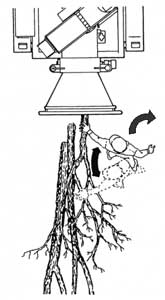
Illustration is viewed from above, looking down on the machine
(Courtesy of Michigan Occupational Safety and Health Administration, Pub OSC-6125).
- The chipper chute should never be raised or removed while the rotor is turning.
- Loose clothing, gauntlet-type gloves, rings, and watches are not to be worn by workers feeding the chipper.
- Small branches should be fed into the wood/brush chipper with longer branches or by utilizing a long stick for pushing.
- Hands or other parts of the body should not be placed into the in-feed hopper.
- Leaning into or pushing material into the in-feed hoppers with your feet is prohibited.
- Always stop the wood/brush chipper before clearing any obstructions from the in-feed hopper.
- Use lockout/tagout procedures when performing any maintenance on wood/brush chippers.
Had the victim received training in the proper use and safe work practices of using wood chipper machinery, he would have been aware that his chipper was missing important features that are essential to safe operation. With appropriate training, it would have been more likely that the victim would have recognized that brush cannot be fed safely into a chipper without a feed chute and would not have used his foot to push brush into this machine.
Recommendation #3: Ensure that wood chippers are never operated alone.
Discussion: Using a co-worker as a safety watch is mandated in many high-risk occupations to help prevent injuries. When a wood chipper is in operation, at least one worker in addition to the operator should be located in the immediate vicinity of the work area and in close contact with the operator. In this incident, the victim's son was the only other person at the work site, and he was performing other functions. A designated safety watch stationed near the chipper may have prevented the victim from using his foot to push the material into the chipper, or may have been able to shut the machine off before the victim's injuries were so extensive.
Exhibits
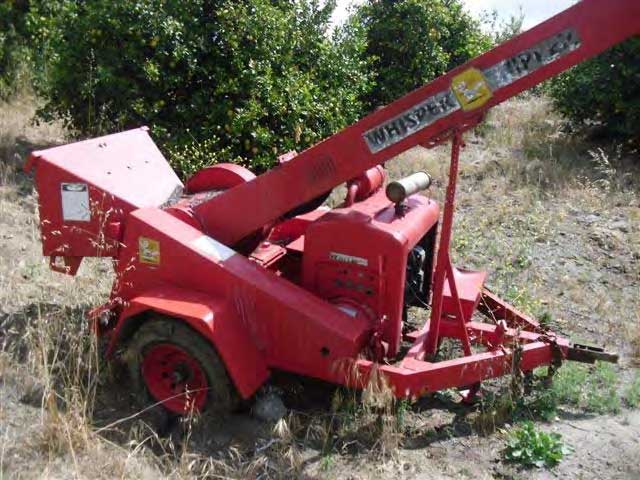
Exhibit 1. The wood chipper involved in this incident.
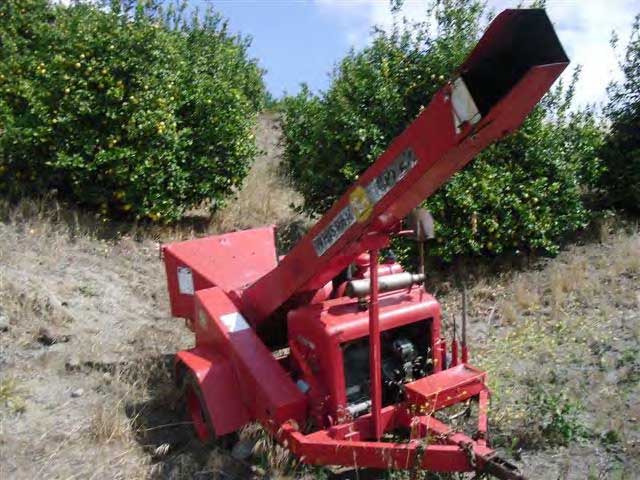
Exhibit 2. Front view of the wood chipper.
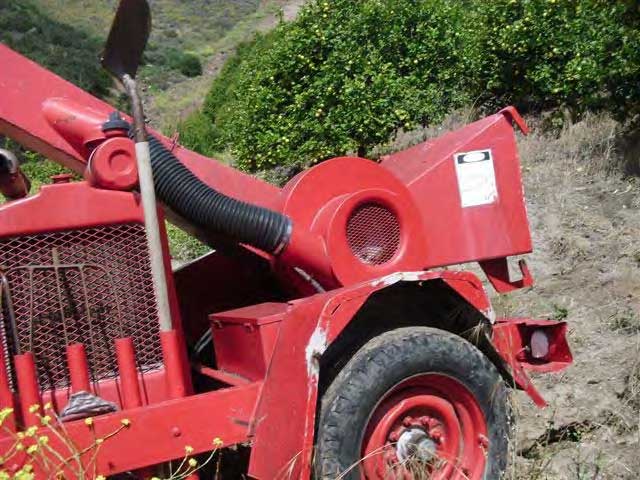
Exhibit 3. Side view of the wood chipper.
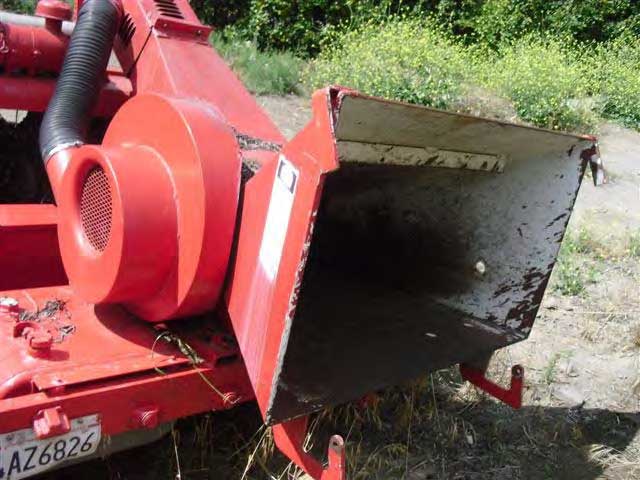
Exhibit 4. A rear view of the wood chipper.
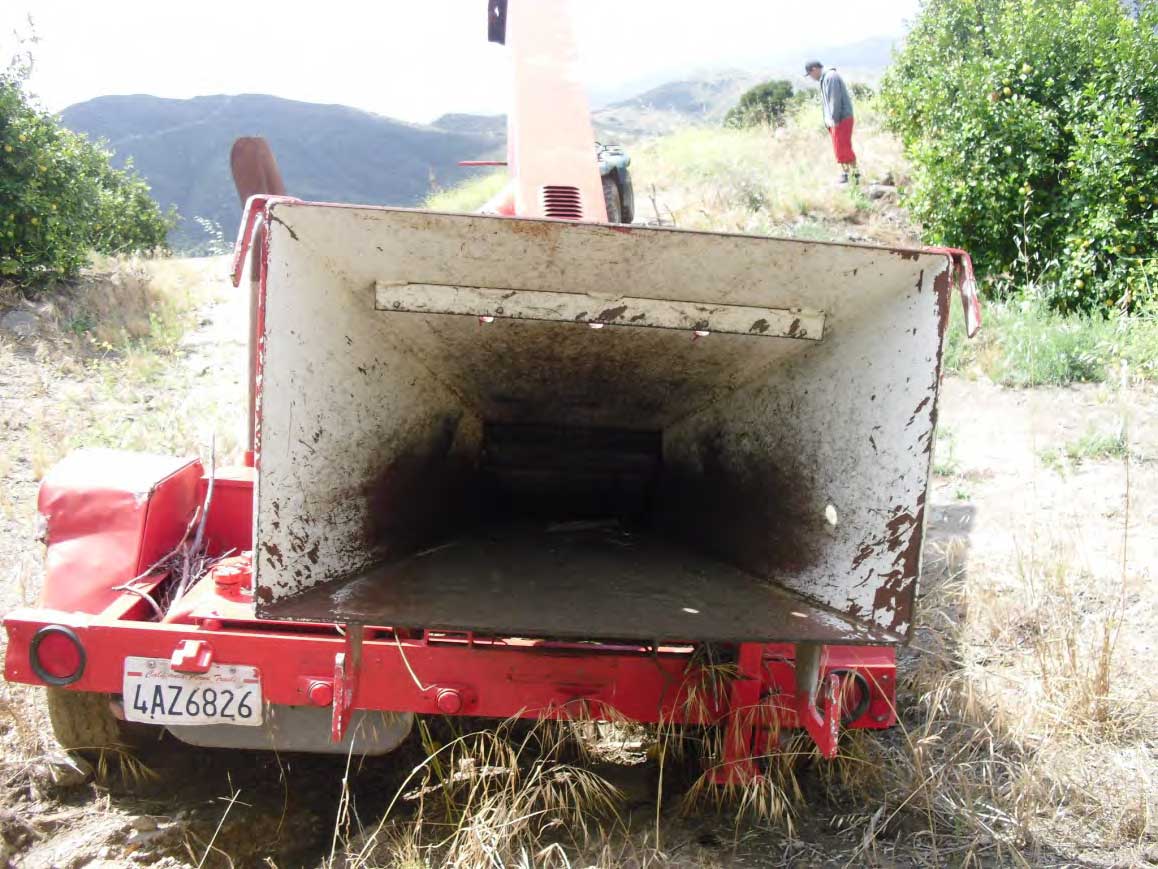
Exhibit 5. The in-feed hopper where brush and limbs are fed into the wood chipper.
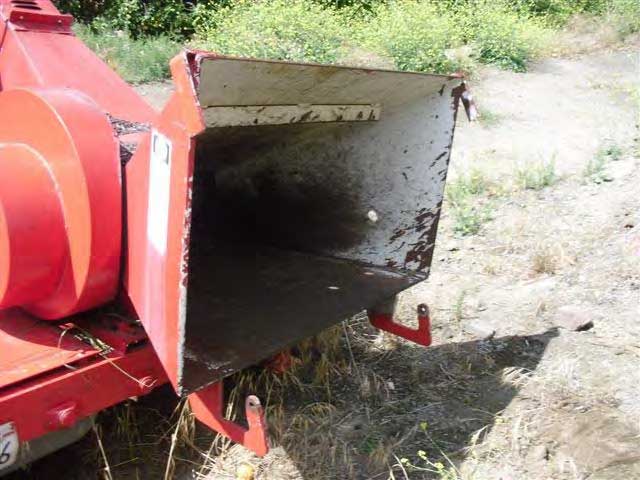
Exhibit 6. Alternate view of the in-feed hopper without a feed table.
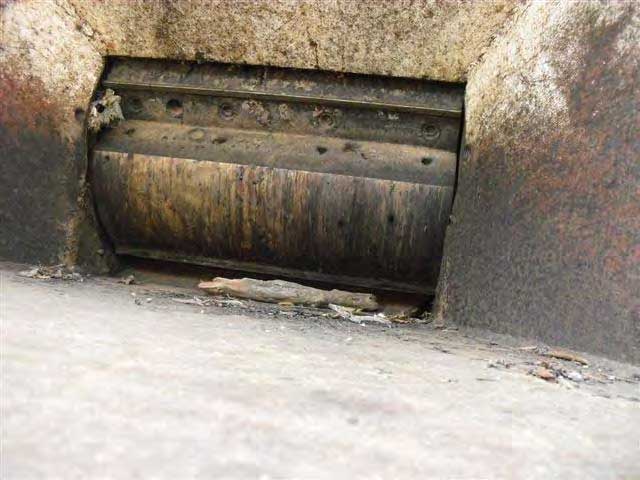
Exhibit 7. The blades attached to the rotating drum that chip brush.
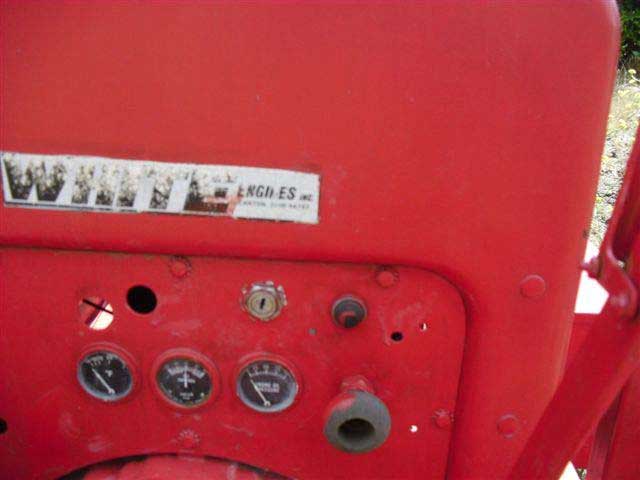
Exhibit 8. The control panel on the wood chipper.
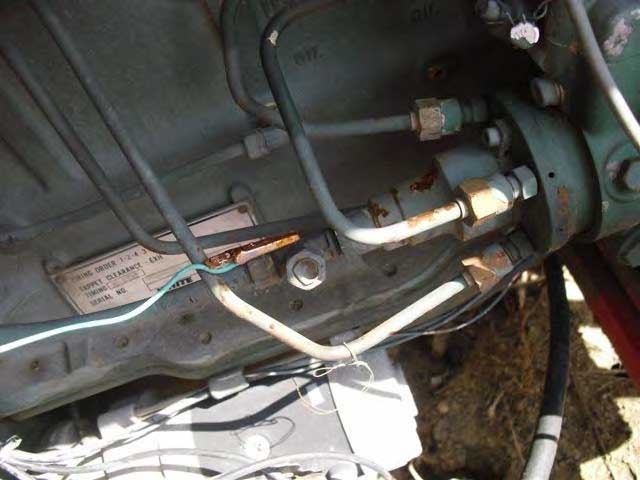
Exhibit 9. The wire clip used to shut off power to the wood chipper.
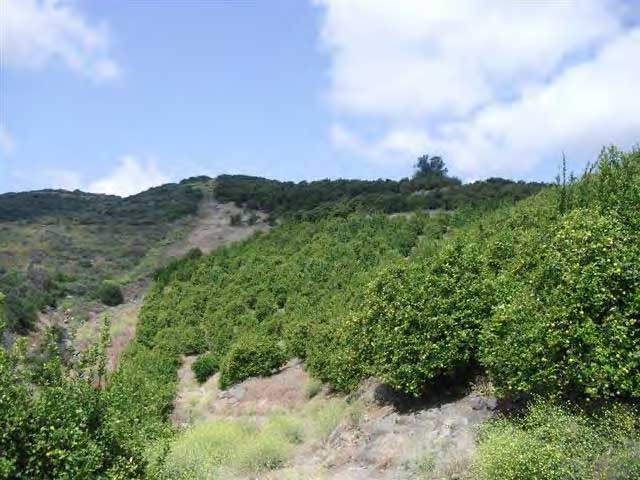
Exhibit 10. The steep hillside where the incident occurred.
References
California Code of Regulations, Subchapter 7. General Industry Safety Orders Group 3. General Plant Equipment and Special Operations Article 12. Tree Work, Maintenance or Removal §3424. Mobile Equipment. (c) Brush Chippers. §3428. Operating Rules.
Safety Note – University of California, Agriculture and Natural Resources, Environmental Health and Safety. November 2005 Safety Note #91 - BRUSH CHIPPER SAFETY
The International Society of Arboriculture (ISA)
The Tree Care Industry Association (TCIA)
NIOSH FACE Report 2000-21: Fourteen-Year-Old Youth Pulled Into Operating Wood Chipper - Florida - Centers for Disease Control, National Institute for Occupational Safety and Health (NIOSH) website
New York Case Report 05NY034: Guatemalan Tree-Service Worker Killed When Pulled into Brush Chipper - NIOSH website
Tree trimmer dies when he is pulled into in a brush chipper (00CA010, PDF)
Hazards of Wood Chippers: Safety & Health Information Bulletin - Occupational Health and Safety Administration (OSHA) website
Environmental Health & Safety Resources - University of California, Division of Agriculture and Natural Resources (ANR) website
Workers loading branches into a wood chipper - YouTube video
Asplundh wood chipper in action - YouTube video
Preventing Wood Chipper Fatalities - CDPH video on YouTube
Chipper Accidents Are More Common Than Reported (PDF) - TCIA Magazine article
ANSI Z 133.1 – 2006, American National Standard for Arboricultural Operations Safety Requirements.
Authors
Hank Cierpich, FACE Investigator
Robert Harrison, MD, MPH, FACE Project Officer
Laura Styles, MPH, Research Scientist
September 20, 2011